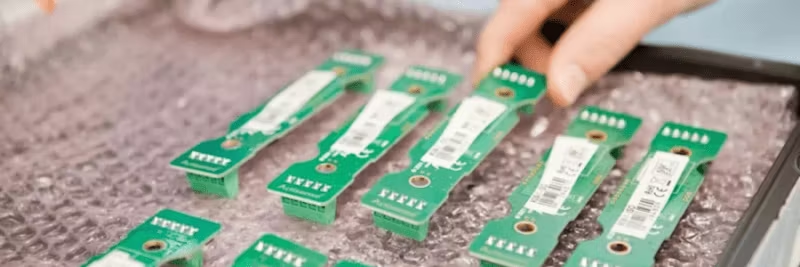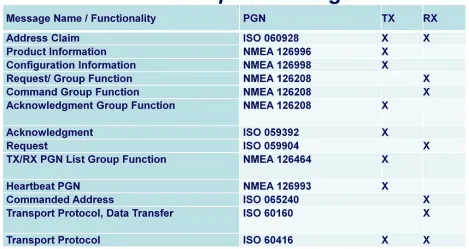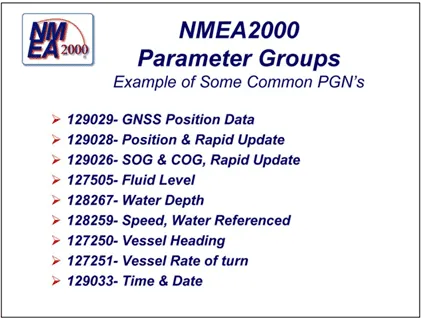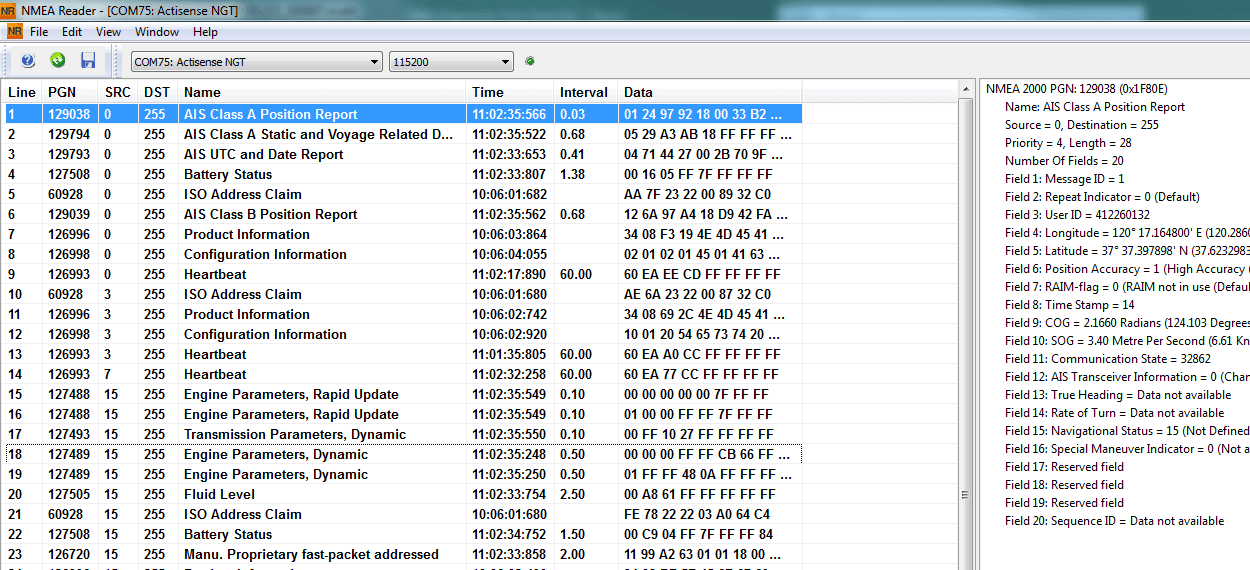Cart
Discount: 0.00 PLN
Discount: 0.00 PLN
Digital Skipper |11/01, 2024

NMEA 2000 data is sent as messages, called PGN (Parameter Group Number). A PGN is a unique numerical identifier that categorizes and defines specific data groups within the NMEA 2000 protocol. Think of PGN as a code that allows devices in the network to recognize and interpret information efficiently.
There are three main types of PGN:
These PGNs are defined by the NMEA 2000 standard and must be supported by all devices.

Examples of mandatory PGNs
Contains standard data from instruments such as depth, position, and temperature.

Examples of common PGNs
These PGNs are used for data outside the approved NMEA specification, e.g., firmware updates or Manufacturer-unique functions. They have the lowest priority in the network.

Examples of proprietary PGNs
CAN-based serial data uses a 29-bit identification field and up to 8 data bytes. The frame contains start and end bits, control fields, a 15-bit CRC field for error detection, and acknowledgment bits.

Understanding PGN format is crucial for installers and boat owners when troubleshooting and designing systems. Raw binary data is difficult to interpret, so tools that decode PGN content are needed.
With NMEA Reader, you can view PGN content in a readable format (excluding proprietary messages). This makes troubleshooting easier – you can check if a GPS is sending data and what type of data is being transmitted.

PGN is the core of NMEA 2000 communication. By understanding the PGN structure and using the right tools, you can optimize your network, troubleshoot effectively, and ensure correct data communication on board.